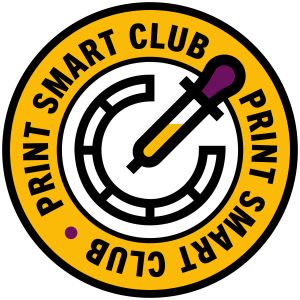When clients come to me with packaging projects, they often say things like, “We want it to feel premium,” or “It needs to stand out.” And more often than not, they’ve got a specific font style in mind—maybe something they saw on Pinterest, or a “cool” typeface they downloaded for free.
I get it. Fonts carry so much personality, and they seem like a quick way to make your product look stylish. But here’s the thing: when it comes to packaging, choosing the right font isn’t about trends or good looks. It’s about strategy, clarity, and consistency.
Here’s how I actually choose fonts when I’m designing packaging—and why chasing trends is usually the last thing on my list.
Fonts Are More Than Just Looks
Fonts do a lot of heavy lifting on your packaging. They guide the eye, explain what the product is, and help customers quickly spot the difference between “Lavender & Honey” and “Citrus Burst.”
But they also carry mood, tone, and trust.
A too-decorative font might look fancy but be unreadable in small print. A modern sans serif might feel minimal but lack personality. The best fonts strike the right balance between style and usability—on screen and especially in print.
My Font Selection Process
When I start choosing fonts for packaging, I don’t begin with what’s trending on font sites. I start with questions:
- Who is the customer? Age, interests, shopping habits?
- What’s the tone? Warm, clinical, bold, organic, fun?
- How will this be printed? Label, box, tube, foil? What sizes are involved?
- Will the brand expand? If you’ll eventually add flavors, variants, or new categories, the font system has to be flexible.
From there, I consider:
- Legibility at small sizes
(Fonts need to hold up at 6pt on a curved bottle—not just look good on a screen.) - Licensing clarity
(Can we use this for packaging and web? Do we need multiple weights or styles?) - Harmony with the rest of the identity
(Fonts need to feel like part of the same family—even if we mix a serif with a sans.) - Longevity
(I ask: will this still look good in 2–3 years, or does it scream 2024?)
I test how it looks across various formats, not just a mockup: export label previews, convert to outlines, even simulate a quick print. Packaging lives in the real world—it has to function, not just impress.
Why I Avoid “Trendy First”
Trendy fonts come and go fast. They’re often overused, have poor spacing, or are only available in one style (e.g. bold italic, all caps). They can also be expensive for packaging use—or worse, improperly licensed, which puts your business at legal risk.
I don’t mind using something with personality—but only if it serves the brand’s tone and works across the full packaging system.
Some of the best packaging fonts are invisible in the best way. They don’t steal attention—they guide it.
Real-World Priorities
Choosing fonts is a technical and emotional decision. Your packaging has to communicate before it looks stylish. If the product name isn’t readable, or if every new SKU needs a different layout, that creates friction—for you, the printer, and your customer.
My goal is always to choose fonts that:
- Scale easily across products
- Stay readable at all sizes
- Print cleanly (no ink bleeding or broken shapes)
- Feel aligned with the brand’s voice
If I can help your product look clear, trustworthy, and attractive—without redesigning everything six months later—then the font is doing its job.
Final Thought
There’s nothing wrong with liking beautiful fonts. But if your product needs to live on shelves, in shipping boxes, in web shops, and on future product lines, the right font isn’t just about style—it’s about strategy.
And no, I don’t choose the trendiest font first. I choose the one that works the hardest for your brand.

